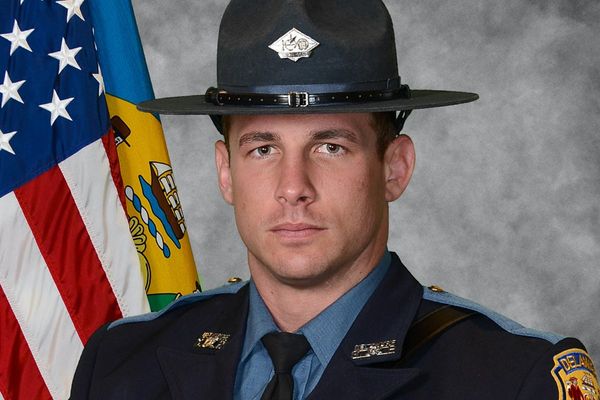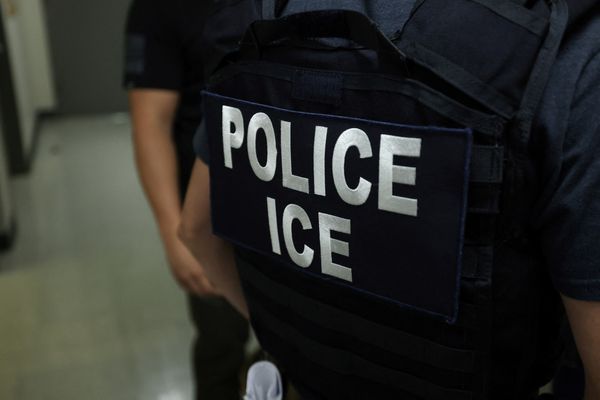
It’s been a rocky year for Tesla’s financial outlook. The electric vehicle maker once led the market for gas-free cars, but recently has faced falling stock, steep competition and a CEO who has been described as erratic and a chaos maker. Now, for its second-quarter earnings, Tesla is reporting a decline in both revenue and profit.
The electric vehicle maker said it saw a 12% drop in revenue from the same time last year, coming in at $22.5bn, which was below Wall Street’s expectations of $22.7bn. Tesla noted its operating income also decreased to $0.9bn, a 42% decrease since last year. This marks a second straight quarterly decline for the company.
During a call with analysts on Wednesday, CEO Elon Musk struck a more positive note saying it had been a “very exciting quarter” and that “Tesla has a shot of being the most valuable company in the world”.
He touted the launch of the company’s driverless cars in Austin, Texas, and the opening of a hamburger joint in Los Angeles called Tesla diner, which he said “has been a huge hit”. Musk also said the company’s humanoid “Optimus” robot has been freely walking around the company’s Palo Alto lab all on its own.
Tesla’s shares dropped around 5% in after hours trading. Throughout 2025, the company’s stock has vacillated, starting the year at a near all-time high of $428 per share in January and then plummeting by nearly half to $222 per share in March. Tesla’s overall stock has dropped nearly 13% this year.
In its financial summary on Wednesday, Tesla said the subpar financials are due to a decline in vehicle deliveries, lower regulatory credit revenue and reduced average selling price of its cars.
Earlier this month, Tesla released data on its vehicle deliveries and showed a 14% decrease over last year. Industry data shows that in California alone, the company’s car registrations have fallen for seven straight quarters, with a 21.1% drop in the second quarter. In Europe, Tesla’s new car sales fell by 27.9% in May from a year earlier. That was in sharp contrast with other electric vehicle makers, which have seen a jump in sales over the past year.
The volatility at Tesla has been partially attributed to Musk’s role in Donald Trump’s administration as the de facto head of the so-called “department of government efficiency” (Doge). At Doge, Musk led the charge to downsize the federal government, getting rid of various agencies and instituting layoffs in nearly all departments. This sparked mass countrywide protests against Tesla and demands to boycott the company.
By early June, as Musk was scheduled to leave his role as a special government employee, the relationship between the CEO and president had frayed, leading to a spectacular blow-up between the two men. They hurled insults at each other over social media and, once again, Tesla’s stock plunged.
“The Tesla brand is under attack and provides a prime example of negative brand equity rub – the perception of Elon Musk, its chief executive, has rubbed the sheen right out of what once was a darling and soaring automotive brand,” said Dipanjan Chatterjee, a principal analyst for Forrester. “This poses a significant threat to Tesla’s growth, as large parts of the prospect pool are poisoned by what they perceive as a toxic brand that is inseparable from its leader.”
After the Musk and Trump feud, Musk said he was going to focus on running his companies and began hyping the rollout of Tesla’s first driverless robotaxi in Austin. The launch featured about 10 cars designated to certain areas of the city and had “safety drivers” in the front passenger seat. Although Musk said the launch was a success, several people posted videos on social media showing the robotaxis driving down the wrong lane, speeding and unable to make left turns.
Two days later, the National Highway Traffic Safety Administration (NHTSA) opened an investigation into the service and requested that Tesla supply the agency with information on the incidents.
During Wednesday’s call with analysts, Musk said the robotaxis are expected to soon move into an expanded service area in Austin, joking it would be “bigger and longer” – apparently in reference to male genitalia.
He also said Tesla was planning to soon launch the service in California, Arizona and Florida, and he anticipates that half of the US population will have access to the robotaxis by the end of this year (a goal that seems unlikely given the regulatory hurdles for driverless cars). Musk added that Tesla is being “extremely paranoid” about safety.
As for politics, the CEO has said he is not yet done with Washington and is now starting a new US political party called the America party.







